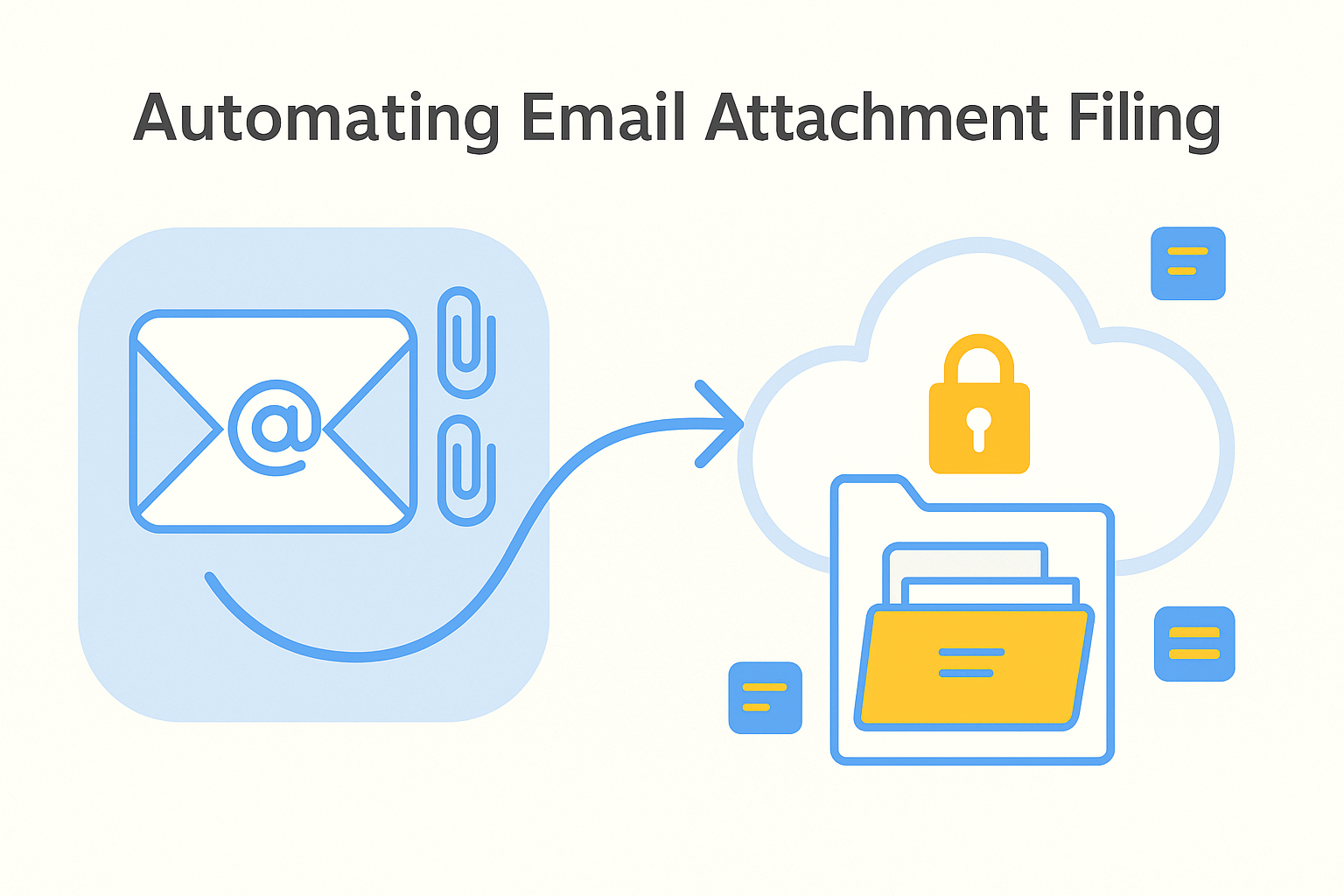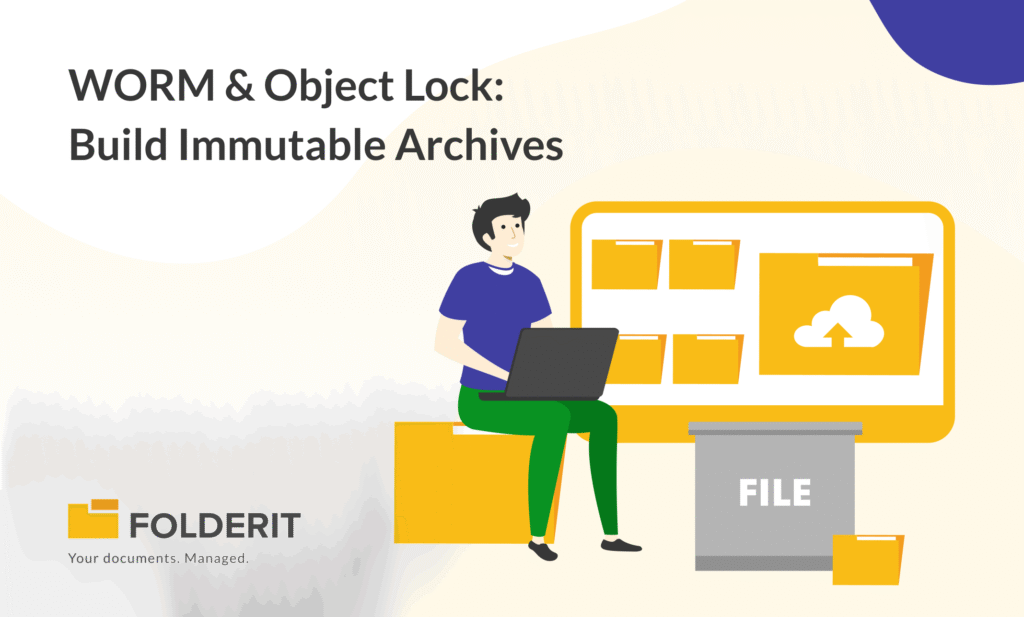Many teams still lose valuable hours manually saving email attachments. By using an email to document management system setup, incoming files go straight into the correct folders the moment they arrive. This not only saves time but also strengthens security, supports compliance, and keeps everything organized. Email remains the primary channel for much of today’s business communication—contracts often arrive as PDFs, invoices as attachments, and proposals as zipped project folders. The problem is that these files frequently remain trapped in inboxes, buried in long threads, and hidden under unrelated messages.
That’s where automation comes in. Set up a direct link between your email and your document management system, and the system immediately routes, organizes, and stores attachments as soon as they arrive. This change transforms email from a storage bottleneck into a streamlined intake channel.
The Case Against Manual Filing
Manually downloading attachments and moving them into folders might seem manageable at first. However, as your volume grows, so does the risk of lost files, duplicates, and inconsistent naming. Furthermore, every extra step creates an opportunity for error: and wasted time.
In addition, manually handling sensitive files increases the risk of sending something to the wrong place. Automation closes this gap by removing human error from the equation.
How Automated Filing Works
At its simplest, you define rules for incoming email. For example, messages from a vendor’s address could be set to send all attachments directly to your “Vendor Contracts” folder. If the system supports metadata capture, it can also read details from the email — such as the sender, date, or subject — and attach them to the file automatically.
Because this process runs in the background, no one needs to interrupt their work to handle filing. Attachments appear in the right folder, with the right tags, ready for review or approval.

Real-World Use Cases
Automated attachment filing is more than a convenience — it solves concrete problems:
- Finance teams receive invoices by email, and automation ensures they all go to the “Accounts Payable” folder for processing.
- Project managers get progress reports from subcontractors, which are instantly filed under the correct project code.
- HR departments receive job applications that are routed into candidate folders with applicant names as metadata.
Each of these examples shows how automation reduces workload, shortens turnaround times, and improves record-keeping accuracy.
Security and Compliance Benefits
Automation doesn’t just save time. It also strengthens security and compliance efforts. For instance, the system can route attachments into folders with specific access controls, ensuring only authorized users can view them. In addition, it logs every transfer, creating a clear audit trail for compliance with standards like ISO 9001 or GDPR.
By eliminating risky manual steps — such as saving files to personal desktops or unsecured drives — you ensure that sensitive documents never leave controlled environments.
Bringing It All Together
Shifting from manual to automated email attachment filing is a relatively small change that has an outsized impact. It makes your document system the single source of truth for all incoming files, while reducing errors and delays.
When attachments move seamlessly from inbox to the right place in your document system, your team spends less time chasing files and more time using them. In the long run, that means better productivity, stronger compliance, and less stress across the board.





